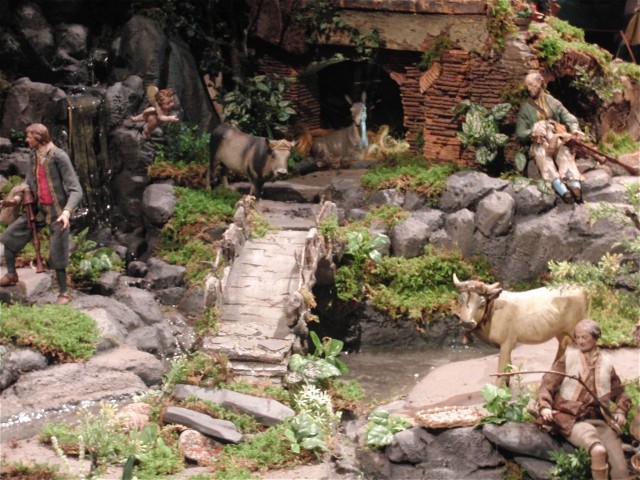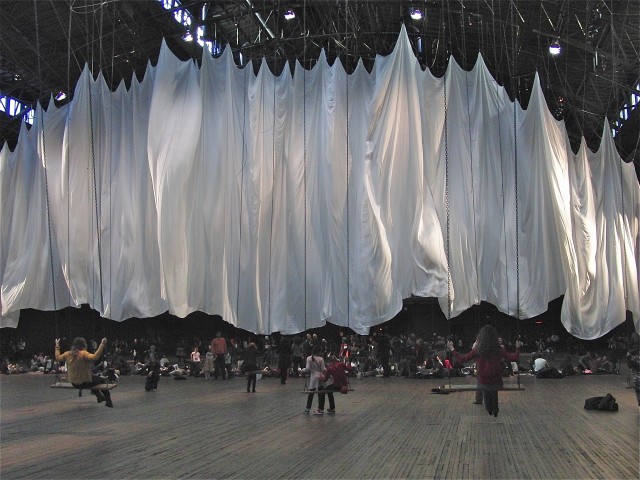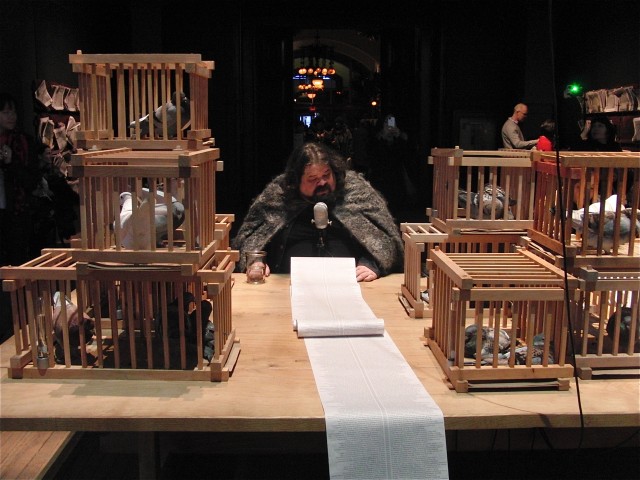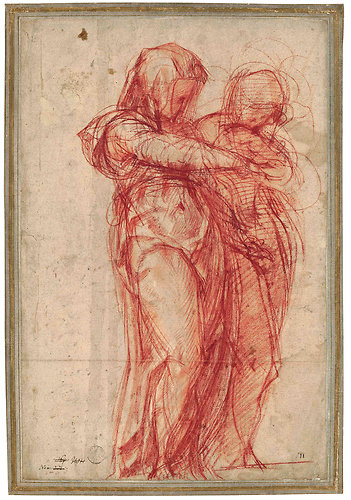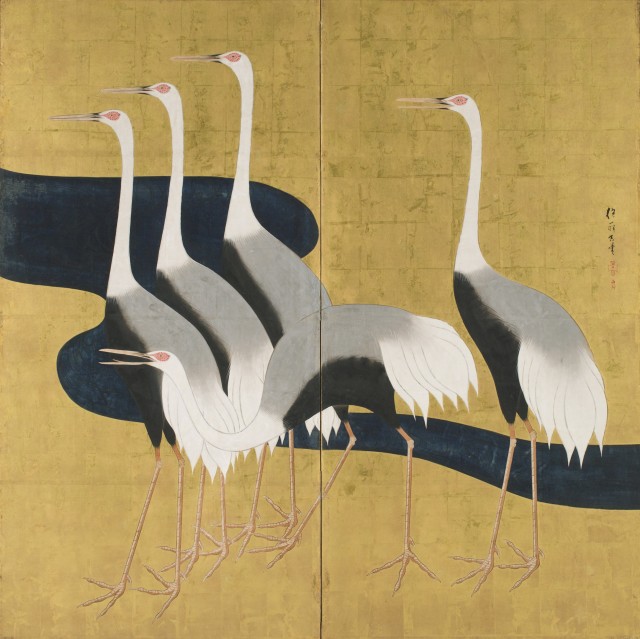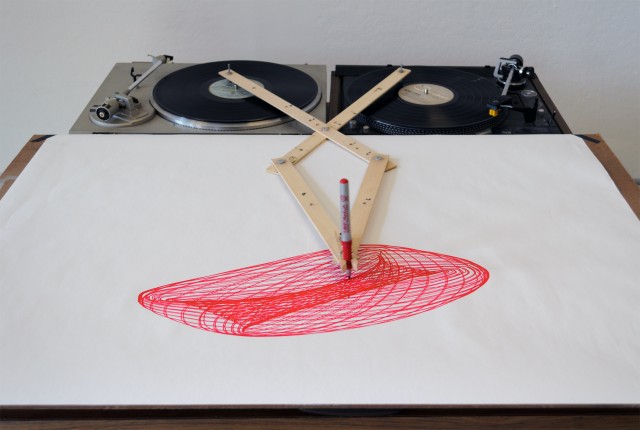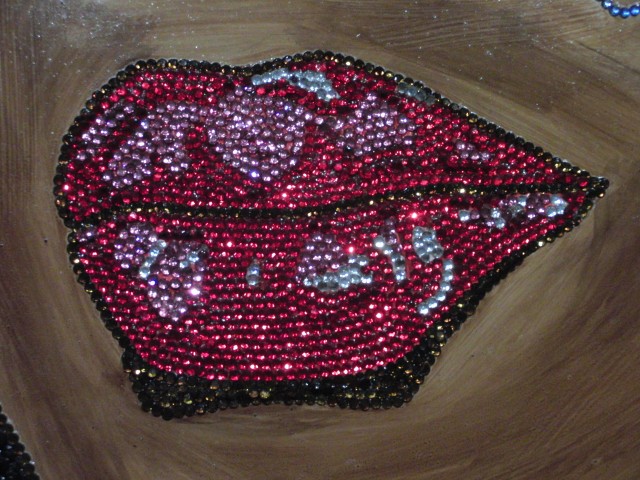
Mickalene Thomas will be at the Brooklyn Museum on Saturday night to discuss beauty, race, and gender with fellow artist Carrie Mae Weems and curator Eugene Tsai (photo by twi-ny/mdr)
Brooklyn Museum
200 Eastern Parkway at Washington St.
Saturday, January 5, free, 5:00 – 11:00 (some events require free tickets distributed in advance at the Visitor Center)
212-864-5400
www.brooklynmuseum.org
The Brooklyn Museum’s free First Saturday program for January is highlighted by what should be a fascinating discussion, with artist Mickalene Thomas and one of her major influences, award-winning photographer and videographer Carrie Mae Weems, in conversation with curator Eugene Tsai; Thomas’s “Origin of the Universe” continues at the museum through January 20, while her smaller gallery shows in Chelsea and on the Lower East Side, “How to Organize a Room Around a Striking Piece of Art,” are on view through January 5. Also on the schedule that night are live music by Ljova and the Kontraband, Lez Zeppelin, Das Racist’s Himanshu “Heems” Suri, Prince Rama’s Taraka and Nimai Larson, who have formed the Now Age, and Company Stefanie Batten Bland, which will perform A Place of Sun, a dance piece inspired by the BP oil spill. In addition, Writers for the 99% will discuss their book, Occupying Wall Street: The Inside Story of an Action that Changed America, Catherine Morris will give a curator talk on the exhibition “Materializing ‘Six Years’: Lucy R. Lippard and the Emergence of Conceptual Art,” an art workshop will teach participants to get creative with frames, and Art House Co-op, Trade School, and the Hip-Hop Dance Conservatory will lead interactive educational activities. Also on view at the museum now are “GO: a community-curated open studio project,” “Raw/Cooked: Duron Jackson,” Yoko Ono’s “Wish Tree,” and “Aesthetic Ambitions: Edward Lycett and Brooklyn’s Faience Manufacturing Company” as well as long-term installations and the permanent collection.
